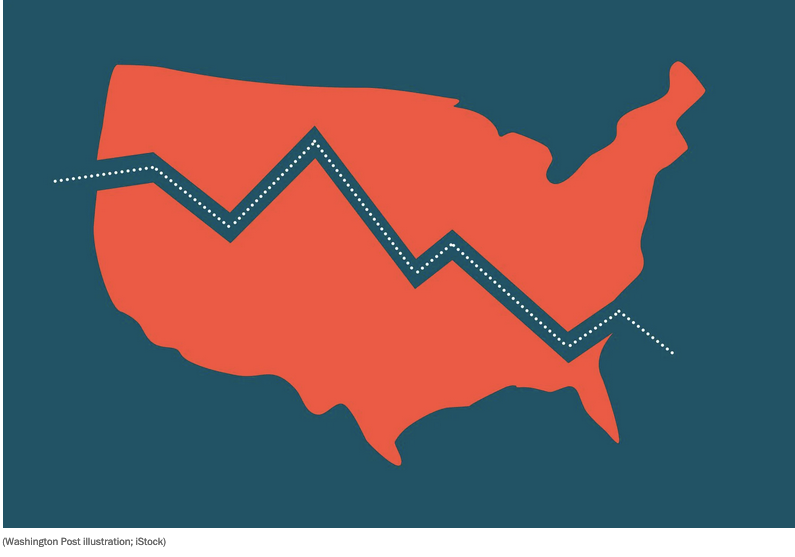Travelers can’t get enough of globe-trotting. But have they had enough of the United States?
According to the World Tourism Organization, a United Nations agency, the number of international tourist arrivals around the world reached 1.4 billion last year. That represented a 6 percent increase, and the organization forecast the number to grow by 3 or 4 percent this year.
But in the first half of this year, the number of international visitors coming to America has actually dropped nearly 1.7 percent. That’s according to preliminary data from the Commerce Department’s National Travel and Tourism Office, which shows that slightly more than 37 million foreign travelers came to the country between January and June.
According to a forecast from the U.S. Travel Association, an industry trade group, the outlook for 2019 is for visitor numbers to remain just about the same as last year. Even if that holds true and the country doesn’t see a dip for the full year, the news is not good.
“It’s generally going to be underperforming,” says David Huether, the group’s senior vice president of research.
[D.C. drew a record number of visitors in 2018, even as foreign travel fell]
There’s a grab bag of reasons for the downturn, observers say. The latest version of a monthly report from the travel association, out this week, warns that foreign visits to the country remain vulnerable.
“Ongoing global economic cooling, prolonged and expanding trade tensions, and uncertainty surrounding the Trump administration remain major risks to international traveler sentiment,” the report says.
The value of the dollar also remains strong, making travel more expensive for visitors from other countries, Huether says.
Trade wars with China could cost the country 1.9 million inbound visitors and $11 billion in spending between 2018 and 2020, according to research from the consultancy Tourism Economics, part of Oxford Economics. Through July, travel from China is down 3.7 percent compared with last year, according to Commerce Department figures. That’s on top of a drop last year, the report says.




